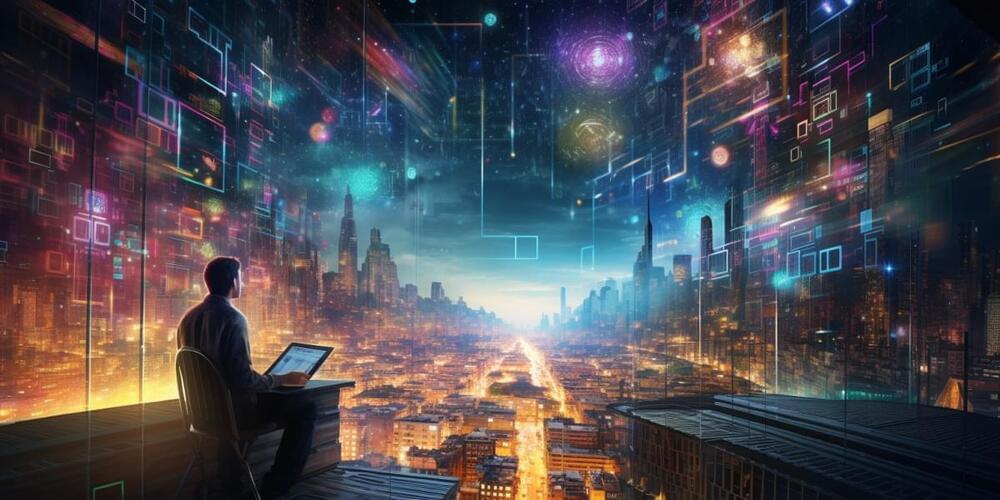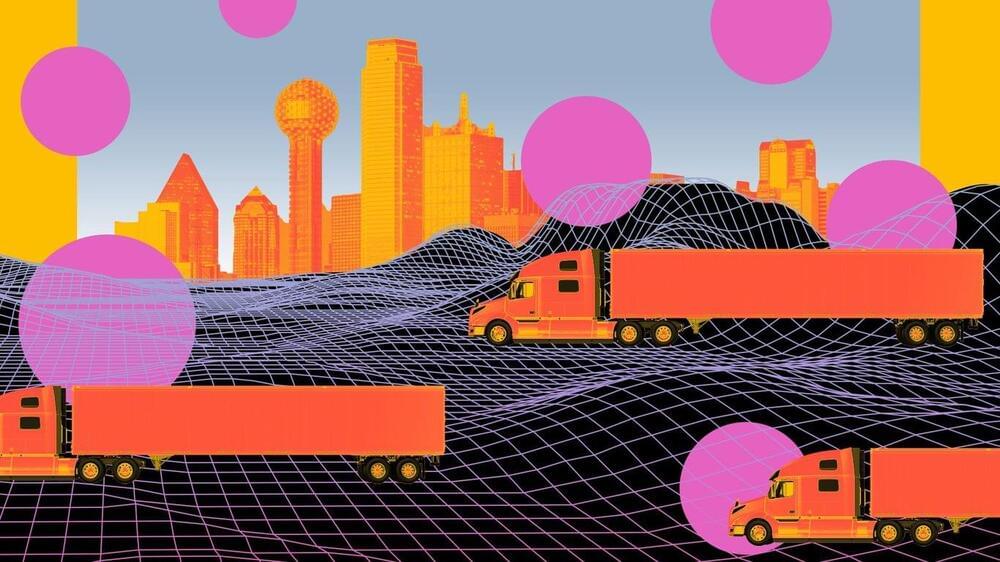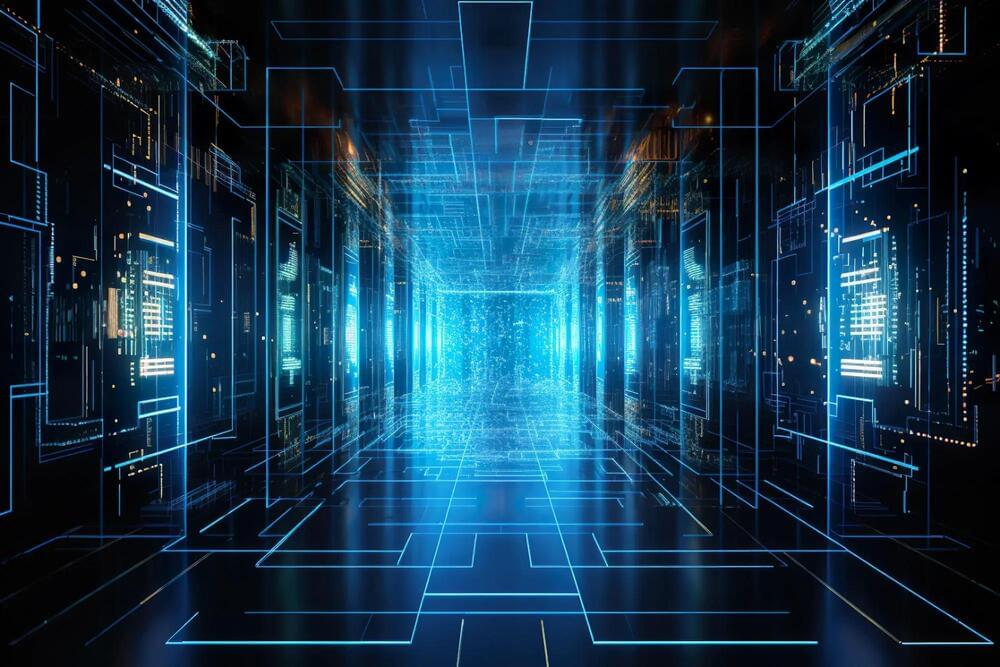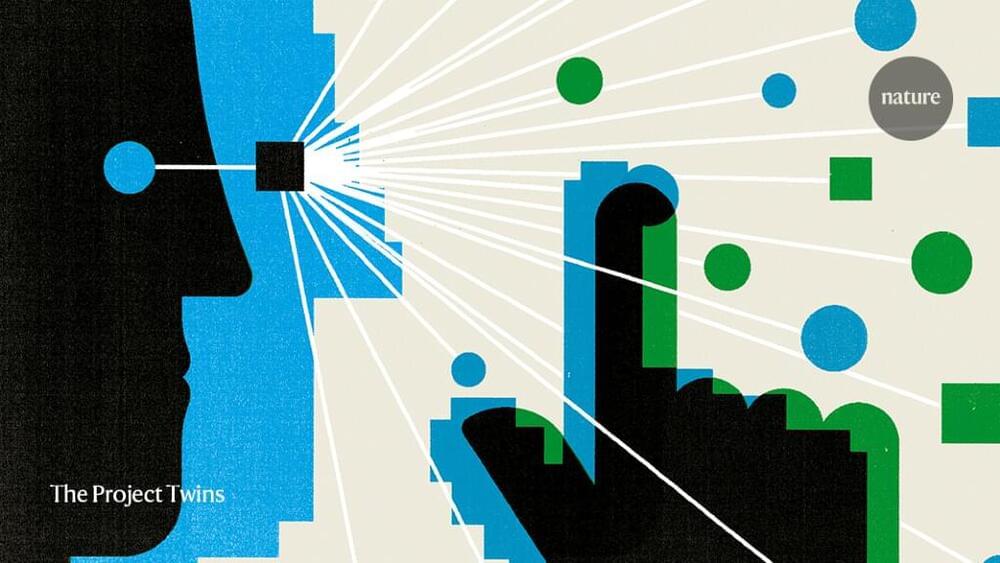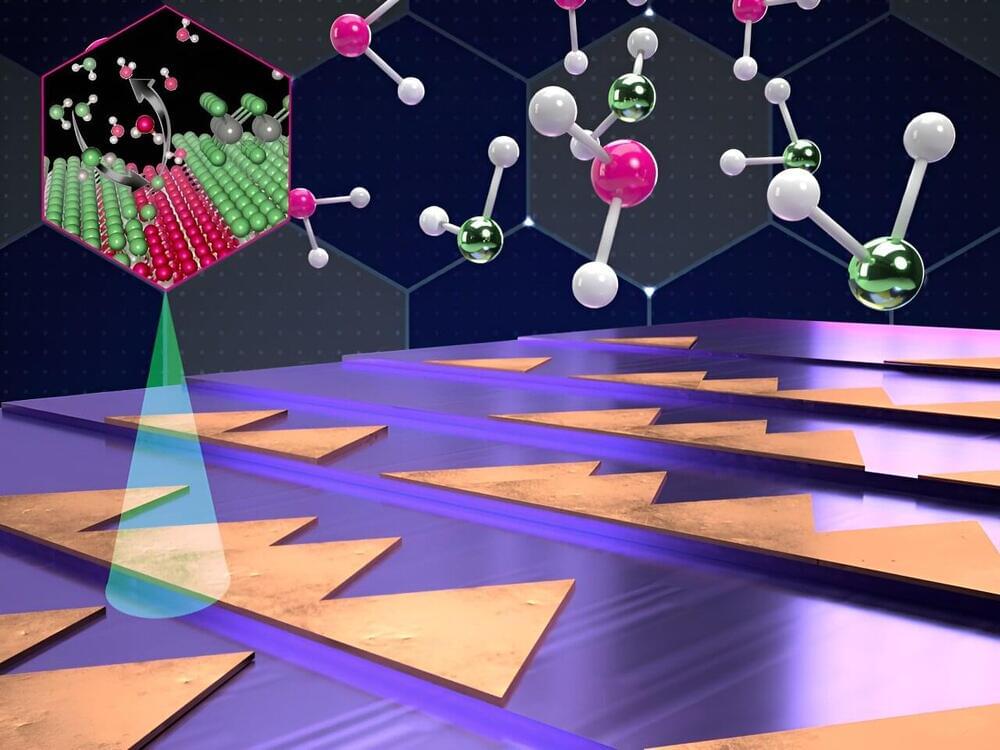Head over to our on-demand library to view sessions from VB Transform 2023. Register Here
There’s a lot of angst about software developers “losing their jobs” to AI, being replaced by a more intelligent version of ChatGPT, GitHub’s Copilot, Google’s foundation model Codey, or something similar.
AI startup founder Matt Welsh has been talking and writing about the end of programming. He’s asking whether large language models (LLMs) eliminate programming as we know it, and he’s excited that the answer is “yes”: Eventually, if not in the immediate future.
